Test Automation
Key Guidelines for Effective Robot Test Automation Framework

Today’s industries are increasingly focusing on automation to enhance product quality and identify defects, bugs, and errors early in the testing process. In this article, we will discuss how the IT industry leverages test automation with the Robot Framework and its best practices to improve scalability, reliability, and the ease and speed of maintaining business flows and scripts.
We will delve into the following best practices in detail.
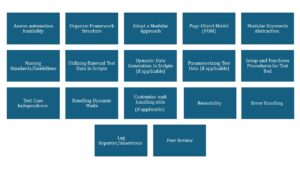
1. Assess automation feasibility:
Begin by identifying stable, repetitive test cases that offer value when automated. Tests that undergo frequent changes may not be the most suitable candidates for automation
2. Organize Framework Structure:
Organize the test project into a well-defined directory structure. Create separate folders for test cases, test data, resources, configurations, etc.,

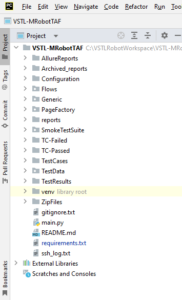
3. Adopt a Modular Approach:
Implement the modular approach throughout the project. This enhances code reusability and maintainability.
4. Page Object Model (POM):
Implement the Page Object Model design pattern to represent web pages as objects. This enhances code reusability and maintainability.
5. Modular Keywords Abstraction:
Create custom modular/reusable keywords that abstract complex interactions with the web elements. Keywords should have clear, descriptive names.
6. Naming Standards/Guidelines:
Developing a naming convention is an easy yet effective way to help bring order to the automation process. Developing and following a naming convention requires little effort and helps to encourage a structured approach; failure to follow a naming convention may lead to complete disorder once a test automation project has created a certain number of test artifacts.
At a minimum, naming conventions should be developed for the items in the following list.
- Object Repository
- Function libraries
- Functions
- Variables and constants
- Business Flow/Test
- Comments
- Test case name starts with TCID_ (TCID_001_LoginToTheApplication)

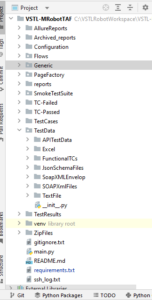
7. Utilizing External Test Data in Scripts:
Use and store the test data separately from test scripts. Use data-driven testing by reading data from external files (e.g., Excel, text file, JSON files, API response) or databases.
8. Dynamic Data Generation in Scripts (if applicable):
It is always better to store the test data separately from test scripts and actual business logic, to execute the scripts with multiple test data. Dynamic data generation generates the test data dynamically at run time and uses it with our test scripts.
9. Parameterizing Test Data (if applicable):
Use Test data parameterization to execute test script for multiple sets of test data.
10. Setup and Teardown Procedures for Test Bed:
Use test initialize and tear down sections in test cases to define actions that need to be performed before and after test execution.
11. Test Case Independence:
Ensure that test cases are independent of each other. Avoid dependencies that could cause one test to fail and impact subsequent tests.
12. Handling Dynamic Waits:
Use dynamic/explicit wait rather than hard-coded time to improve the stability of tests.
13. Customize wait handling utils (if applicable):
Use customized synchronization handling utilities for loader/spinner/dynamic element to improve the stability of your tests.
14. Reusability:
Encapsulate common functionalities and interactions with web elements into reusable keywords to avoid duplicating code.
15. Error Handling:
Implement proper error handling to gracefully manage unexpected issues during test execution.
16. Log Reporter/Assertions:
Verify log Reporter/Assertions at every step/action event.
17. Peer Reviews:
Conduct peer reviews of test scripts to ensure adherence to coding standards and best practices.
Reference Links:
Tags:
Test Automation
Share:
Linkedin
Twitter
Youtube
Related Post
edit post

Test Automation Streamlining REST API Processes with Postman Automation Summary:In today’s world, industries are increasingly focusing on the development of…
edit post
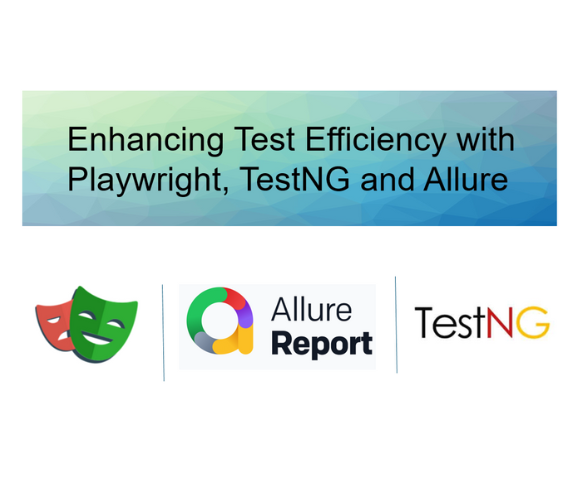
Automated Test, Uncategorized Enhancing Test Efficiency with Playwright, TestNG and Allure Summary:Playwright is an open-source library developed by Microsoft for…
edit post
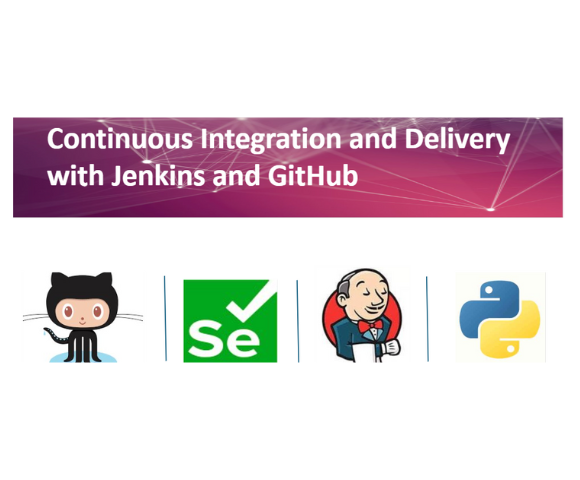
Test Automation Continuous Integration and Delivery with Jenkins and GitHub Summary: Testing and deployment-related operations can be automated with Jenkins,…
edit post

Mobile App Test Automation with TDD Telecommunications (Cable) Location Performance Testing CONTEXT Elyments is an India-based mobile application similar to…
